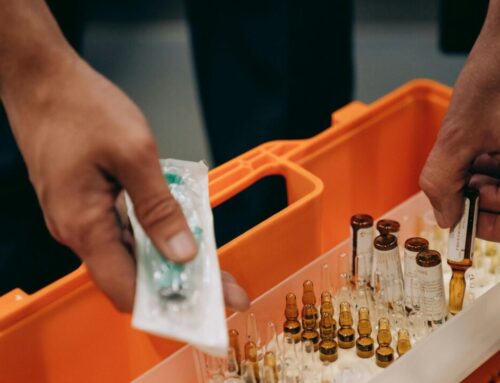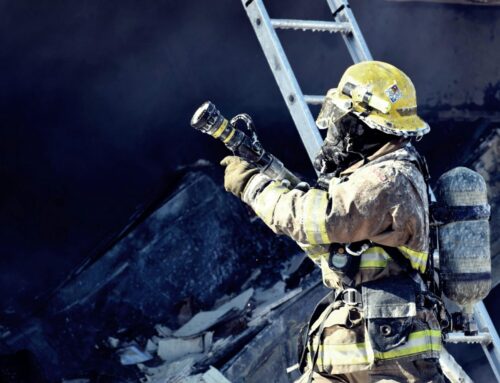Many iconic court cases have captivated the world due to shocking verdicts. In some instances, these cases come to an unbelievable ending or are thrown out altogether because the biological/forensic evidence pertinent to the outcome of the case was contaminated and no longer admissible in court.
Biological evidence transport can be a challenge. This type of evidence must often be kept for decades, so it’s essential to establish and maintain proper preservation conditions to preserve the integrity of evidence over time, especially when transporting.
Evidence can become contaminated at many stages of transportation and storage and the process should be monitored and proactively planned for. Issues occur in the chain of custody, temperature variations, or cross-contamination. All factors can potentially alter the lives of those seeking justice.
Transportation
Evidence may change custody multiple times throughout its transportation, requiring all handlers to always ensure the security of the evidence. Any slight deviations in the process of transportation or the cooler package itself can tamper with the integrity of the evidence. Consumer-grade coolers can be difficult to lock down and seal evidence in a temperature-regulated chamber.
Temperature variations
Temperature fluctuations and freeze-thaw sequences cause biological evidence to degrade, especially during long transport.
Research has found that the helical structure of double-stranded DNA is destabilized by increasing temperature. Above a critical temperature (the melting temperature), the two strands in duplex DNA become fully separated, degrading the DNA (Driessen et al., 2014). Likewise, RNA, which is a single strand helical structure is even more temperature-sensitive than DNA and must avoid high temperatures (above +65°C) to maintain its integrity. If DNA and RNA temperatures are not closely controlled, evidence risks being compromised.
Keep an eye out for moisture. Condensation can be a clear indicator of fluctuations in temperature, as the moisture may be present on the inside of the cooler or on the evidence itself. If the cooler/storage case is not properly locked or the ice packs and/or dry ice do not hold, the temperatures may start to drop in the cooler.
Replacing dry ice with a safe and environmentally friendly alternative, like phase change material (PCM) will help the cooler hold the desired temperature necessary for evidence transportation. A “Phase Change” is a transition between a liquid and a solid, like ice, or a transition between a solid and a gas, dry ice for example. When a PCM freezes, it releases a large amount of energy called “latent heat” and does this at a relatively constant temperature. As the PCM melts, it absorbs a large amount of heat from the environment.
PCMs in proper packaging only require a brief time in the freezer to charge, but do not require long-term freezer use or storage. They can store and release large amounts of energy, maintaining a temperature within a specific range. PCMs can reliably achieve and maintain 0°C (32°F) refrigerated, -7°C (19.4°F) frozen, -16°C (3.2°F) frozen, and -21°C (-5.8°F) ultra-cold, depending on the applications or need.
Cross-contamination
Forensic DNA analysis is an extremely powerful investigative tool, including the analysis of biological fluids and cells. But sometimes these samples taken from a crime scene are extremely small or very limited, making their safe and secure transportation, even more important. Even the smallest hair, saliva or perspiration from a handler inadvertently deposited into the evidence could cost valuable time and potentially throw an entire case. And, if not separated by physical barriers, evidence from one container could contaminate another.
Look for transportation cases that provide compartments, allowing evidence to travel together, without the risk of cross-contamination.
TCPs LEO (law enforcement officer) cases address these three primary concerns when transporting temperature-sensitive evidence. TCP’s Transport Totes have significant advantages compared to consumer-grade coolers and cases readily available on today’s market. To learn more, visit TCP’s LEO Transports.
Driessen, R. P. C., Dame, R. T., Goosen, N., Wuite, G. J. L., Moolenaar, G. F., Laurens, N., & Sitters, G. (2014, October 7). Effect of temperature on the intrinsic flexibility of DNA and its interaction with architectural proteins. Biochemistry. Retrieved April 7, 2022, from https://pubmed.ncbi.nlm.nih.gov/25291500/
Click here for additional information about our forensic evidence transport totes.



